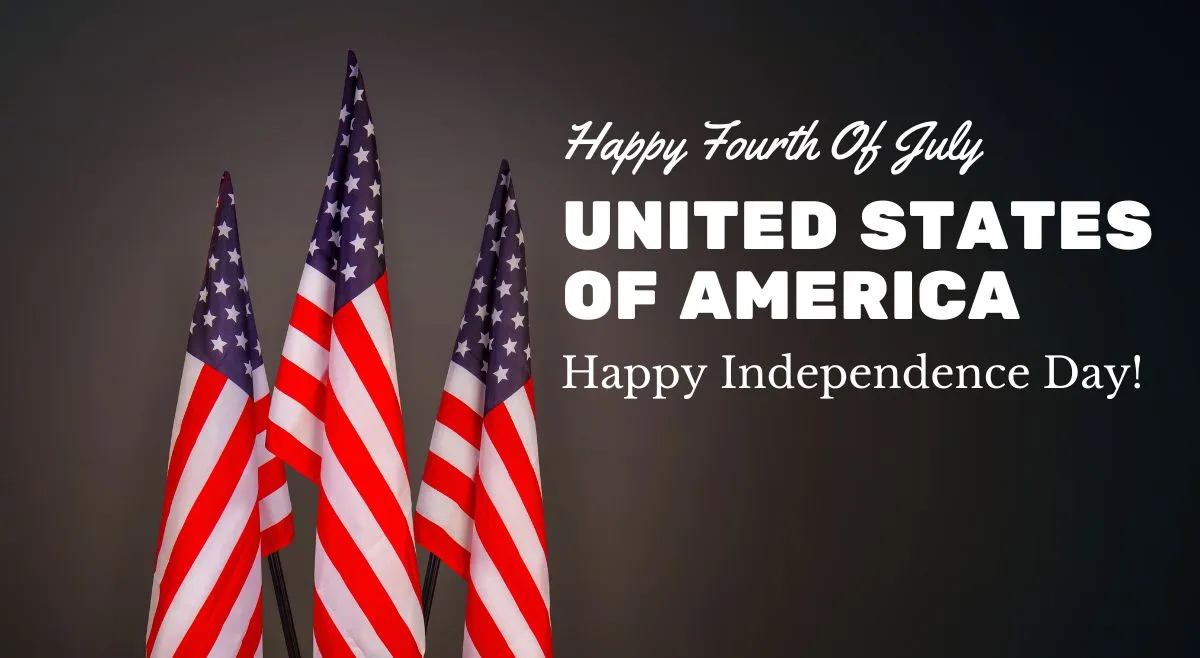- By Ridam Sharma
- Fri, 04 Jul 2025 11:49 AM (IST)
- Source:JND
US Independence Day: The US issued its Declaration of Independence on July 4, 1776. However, not many of us know the story behind America’s independence, and to our surprise, it was also filled with freedom struggles and the dream of a better future. The long journey of America’s independence started in the mid-18th century, when 13 North American British colonies became increasingly disapproving of British rule. Citizens across America felt that the British administration was restoring loans from the expensive French and Indian War, which resulted in the imposition of a chain of taxes, including the Stamp Act (1765) and the Townshend Acts (1767). These actions were taken in the absence of colonial representation in Parliament, which made people more furious and resulted in widespread resentment, which also sparked revolting slogans like, No Taxation Without Representation.
What Were The Key Events That Led To America's Independence?
Colonists used to retaliate against British rule with protests, boycotts, acts of disobedience and rallies. However, one of the key events in the history of America was when, in 1773, the American patriots tossed British tea into Boston Harbour to protest the Tea Act, known as the iconic Boston Tea Party. The protest was against the massive tea taxes. However, with time, the significant rise of noncompliance among hostilities resulted in 1775's armed conflict, which broke out at the Battles of Lexington and Concord. This whole moment was the beginning of the American Revolutionary War.
| Notable Years | Key Events Of American Independence History |
| 1763 | Treaty Of Paris Ended The French And Indian War |
| 1765 | Stamp Act Passed |
| 1770 | Boston Massacre |
| 1773 | Boston Tea Party |
| 1774 | First Continental Congress Meets |
| 1775 | Battles Of Lexington And Concord |
| 1776 | Declaration Of Independence Was Adopted (July 4) |
| 1777 | Battle Of Saratoga |
| 1778 | France Entered The War As An Ally To The United States |
| 1781 | British Surrendered At Yorktown |
| 1783 | Treaty Of Paris Signed; Britain Recognises American Independence |
Source: Official Data By The Office Of The Historian
The War For Freedom: American Revolutionary War (1775-1783)
The struggle for freedom was a long and difficult journey. The Continental Army, under George Washington's leadership, fought against a powerful British army. Early defeats, including those at Valley Forge and at Saratoga and Yorktown, coupled with the invaluable assistance of France, which resulted in loss of money, soldiers, and naval support for the British and swung the balance of power to the Americans.
As the war intensified, colonial leaders summoned the Second Continental Congress in Philadelphia. In June 1776, a committee led by Thomas Jefferson, John Adams, Benjamin Franklin, Roger Sherman, and Robert R Livingston was given the duty to draft a formal declaration of independence. On July 2, 1776, Congress decided to declare independence and on July 4, it issued the Declaration of Independence, a document that stated the grievances of the colonies and their right to govern themselves.
The highlight of the American Revolutionary War (1775-1783) was France's entrance into war in 1778, then Spain and the Netherlands, turned the conflict into a worldwide struggle and stretched British resources to the point of exhaustion along with a crushing Franco-American defeat of Britain in 1781, led Britain to sign a peace treaty.
Why Did The American Colonies Declare Independence From Britain?
The Declaration, which had been largely written by Jefferson, was derived from Enlightenment principles and earlier colonial documents, affirming that all men are created equal and are endowed with unalienable rights to life, liberty, and the pursuit of happiness. It was a strong declaration that not only justified the separation from Britain but also inspired generations to come globally.
How Did The American Revolution Shape The United States Into A superpower?
The war was finally brought to a close when the Treaty of Paris was signed on September 3, 1783. Britain acknowledged the independence of the United States and allowed liberal territorial limits up to the Mississippi River. The treaty discussed matters like fishing rights, restitution of property for the Loyalists, and the release of captives as well.
Also Read: Top 10 Safest Cities In USA: Know Where Las Vegas And New York Rank
The American Revolution was a colonial uprising, but it was more than that; it was a direct instructional event that awakened movements for freedom and self-rule throughout the globe. The United States became the first modern state to be based on democratic principles and a written constitution, which established a model for subsequent revolutions and the diffusion of constitutional democracy.
From its humble beginnings as a collection of defiant colonies, the United States became an independent nation, one that would, centuries later, develop into the world's dominant superpower. Its tale of independence is proof of the never-dying strength for the pursuit of freedom and self-determination.
On the special occasion of US Independence Day, fireworks, parades, marches, celebrations, concerts and events are organised to embrace freedom and celebrate patriotism across the nation.

